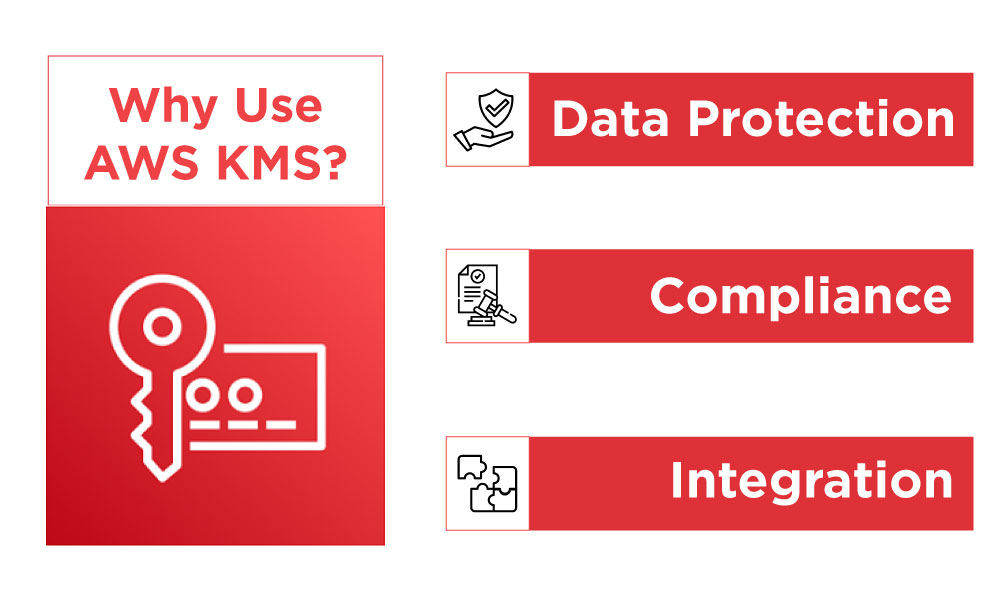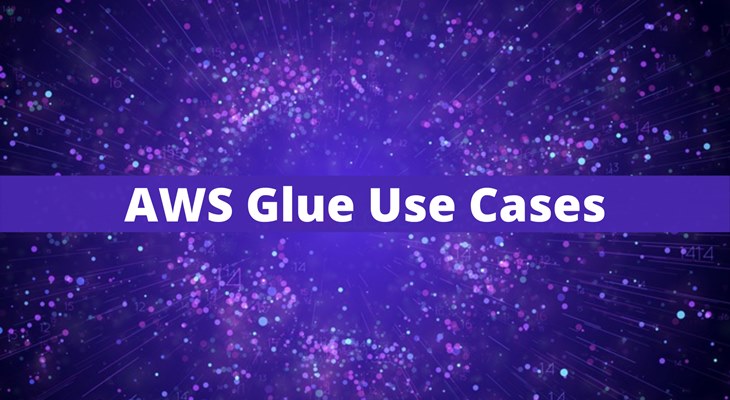Data is the most sensitive aspect today, especially in a digital world, when many organizations are moving to the cloud. This makes data management very important. Amazon Web Services (AWS) have a strong tool called KMS (Key Management Service) to help addressing such concerns.
In this blog, we will discuss the key concepts that will make it easy to understand how exactly KMS works and why it matters in the context of data security.
What is AWS KMS?
Amazon Web Services Key Management Service is a managed tool that lets users create and manage keys for encrypting data. In simple terms, encryption is changing information into a code so that no unauthorized access can be made. AWS KMS provides you with a centralized solution for your key management so that your data stays secured by using various AWS services.
According to a published report in the year 2023, 52% of organizations cited inadequate cloud security as a top concern, emphasizing the need for robust key management solutions to protect sensitive data in the cloud.
Why Use AWS KMS?

- Data Protection: KMS keeps the sensitive data encrypted, and hence only the authorized person will be able to access this encrypted data.
As cited in a report, in 2023 the cost of data breach was $4.45 million, which reached $4.88 million in the year 2024. This highlights the financial impact of inadequate data security measures.
- Compliance: Many sectors of the industries have compliance requirements that require strict data protection measures. AWS Key Management Service helps in letting the companies achieve this compliance requirement.
A report published in June 2023 indicates that 76% of organizations are prioritizing compliance with data protection regulations, driving the adoption of key management services like Amazon Web Services KMS.
- Integration: The encryption process becomes simple if a user integrates AWS Key Management Service with other services of AWS, such as Amazon S3, EC2 and RDS.
Key Concepts of AWS KMS
1. Customer Master Keys (CMKs): Customer Master Keys are central to AWS Key Management Service. A CMK is a special key that users use to decrypt and encrypt data. There are two types of CMKs:
- Symmetric CMKs: In this type of CMK, the same key is used for encryption and decryption. They fit most use cases.
- Asymmetric CMKs: Asymmetric CMKs use two keys: one for encryption and one for decryption. They are often used to check digital signatures and for secure key exchanges.
2. Key Policies: Key policies are important because they tell who can use your CMKs and how. They set rules for accessing the key. You can give different permissions to AWS users and roles so that only the right people can access your sensitive data.
3. IAM Policies: IAM policies work with key policies. IAM stands for Identity and Access Management. It helps manage who can access resources in AWS. With IAM policies, you can control who can create, delete, or use keys. This adds another layer of security.
4. Data Encryption: When you use AWS Key Management Service to encrypt data, it creates a data encryption key (DEK). This DEK is used to encrypt your data. The process has two steps:
- Generate a DEK: KMS creates a unique DEK for your data.
- Encrypt Data: The DEK encrypts the data, and the DEK itself is encrypted by the CMK. Here, the DEK itself is encrypted by CMK
This approach guarantees the safety of the DEK with the efficiency of encrypting large data.
5. Key Rotation: Key rotation refers to changing your encryption keys at regular intervals for security reasons. AWS Key Management Service makes automatic key rotation easy for symmetric CMKs. Regularly rotating keys lowers the risk of exposure if a key is compromised.
6. Audit and Monitoring: Security involves not just encryption but also monitoring and auditing. AWS KMS can connect with AWS CloudTrail, which logs every API request to KMS. This makes it possible to track who accessed your keys when they accessed them, and what actions were performed. Auditing is important for security checks and compliance.
7. Cost Management: You use AWS Key Management Service based on how you use keys and make requests. It is important to check usage and understand the required costs. Here, AWS offers you a pay-as-you-go system, and you can curate costs based on your requirements once they start increasing.
Getting Started with AWS KMS
- Sign in to the AWS Management Console: Access your AWS account and go to the KMS service.
- Create a CMK: To create a new customer master key, follow the given steps or prompts. Choose your key type and set up key policies, if desired.
- Encrypt Your Data: Use the CMK to encrypt sensitive data. You can do this in the console by using APIs.
Summing Up!
Understanding Amazon Web Services Key Management Service concepts like CMKs, key policies, and data encryption will help you manage your encryption keys and protect sensitive information. This knowledge allows you to ensure compliance, control your data, and maintain your organization's reputation in a security-focused world. Whether you run a small startup or a large enterprise, mastering AWS Key Management Service will strengthen your data security strategy.
Explore KnowledgeNile to learn more about data management and security!
Read More:





